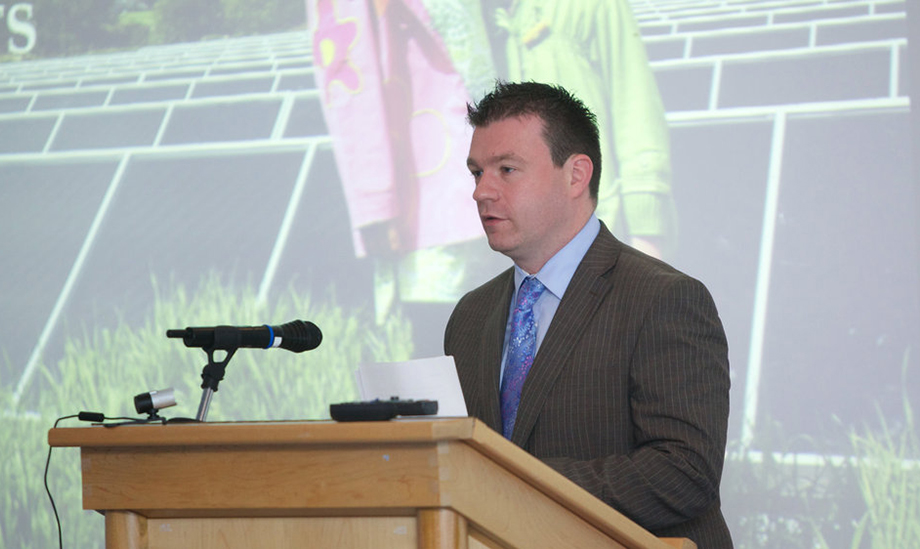
Ireland's Property News
Allan Kelly publishes National Strategy to reduce lead in drinking water
Minister Alan Kelly, has today published a national strategy to reduce exposure to lead in drinking water.
The Minister said: “The Government this morning approved a National Strategy to reduce exposure to lead in drinking water. The Strategy was prepared by my Department in consultation with the Department of Health, Irish Water, the HSE and the EPA, in order to map the scale of the problem and identify measures to mitigate any risks to human health posed by lead in drinking water.
The primary focus of the Strategy is ensuring the protection of human health. The commitment that all publicly owned premises and buildings will be the subject of assessments to determine the presence of lead pipes underlies the Government’s determination to deal with this legacy issue. The roll-out of the national domestic metering programme by Irish Water has added to our knowledge around the extent of lead piping. Based on data emerging from the metering programme, we now know that up to 200,000 houses, primarily those constructed before the 1970s, may be at risk of having lead pipes. Where Irish Water has information on the location of lead on the public and private side, this will be communicated to householders directly. For the first time, there will be a consistent and coherent national response to a legacy problem in relation to lead in drinking water.
A key element of the Strategy will be the introduction of a grant scheme for low-income households to assist with the replacement of lead pipes in their homes. Where a householder opts to replace any lead pipes, Irish Water will replace any corresponding lead pipes on the public side of the property. I will announce further details of the grant scheme following consultations with the Minister for Public Expenditure and Reform but I expect householders will be able to avail of the grant later this year.
The Water Services Act 2007 provides that the owner of a premises is responsible for the maintenance and renewal of the internal water distribution system and shall ensure that it is kept in good order and repair, so as to prevent a risk to human health or the environment and that the water meets prescribed quality standards. Responsibility for replacing lead pipes from the main stopcock to the house and within the house rests with the homeowner. The legally permitted levels of lead in drinking water have been reducing in recent years and the legal level reduced to 10 micrograms per litre in December 2013. At this level, the EPA has stated that the number of exceedances of the new limit will increase. It is important, therefore, that measures are in place to mitigate the risks to human health.
The key elements of the National Strategy approved by the Government are as follows;
- advice for householders and property owners regarding the potential public health issues arising from the risk of lead in drinking water, as well as advice on how the risks can be mitigated;
- the introduction of an income-based grant scheme to assist lower income house-owners to replace lead plumbing, pipes and fittings;
- a commitment that where owners undertake to replace lead plumbing, Irish Water will replace any lead piping on the public side of the customer’s service connection pipe; and,
- a requirement for the owners of all publicly owned buildings (including all local authorities, Government Departments and Agencies) to carry out an assessment of the buildings in their ownership to determine if there are any internal lead plumbing and pipes, and, where lead plumbing is found to be present, to develop plans for the mitigation of any risks including where appropriate, the replacement of lead pipes as part of capital/maintenance programmes and to ensure that details of public health advice is given to customers and patrons of those buildings.
In the coming days Irish Water will be launching a Lead in Drinking Water Mitigation Plan which will be subject to approval of the Commission for Energy Regulation. The Irish Water Plan will be in line with the overall National Strategy and will include a more extensive sampling programme to assess levels of lead and define priority areas for action, the provision of more detailed information for households and a range of other measures to mitigate exposure to lead in drinking water.
Source : allankelly.ie

Comments